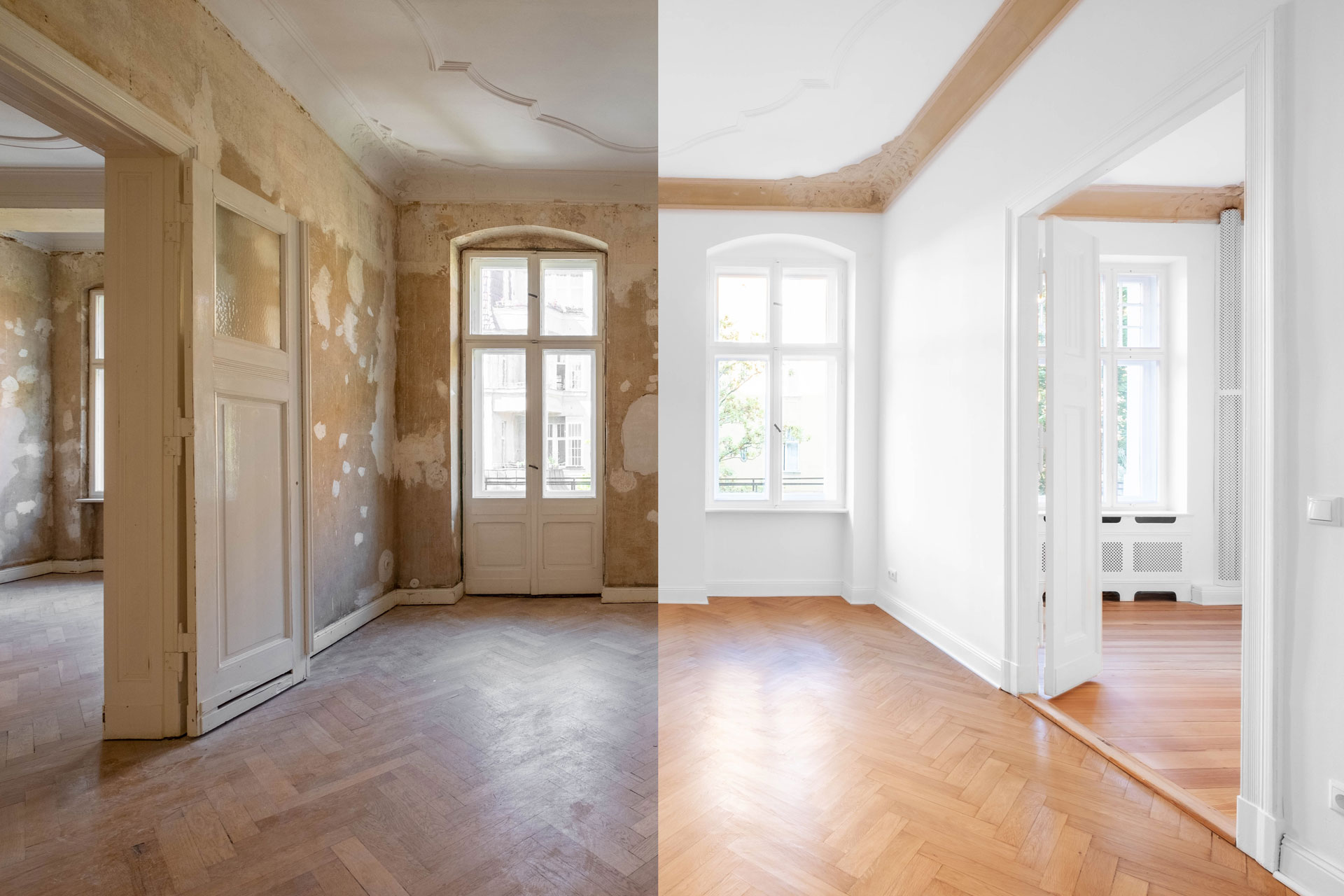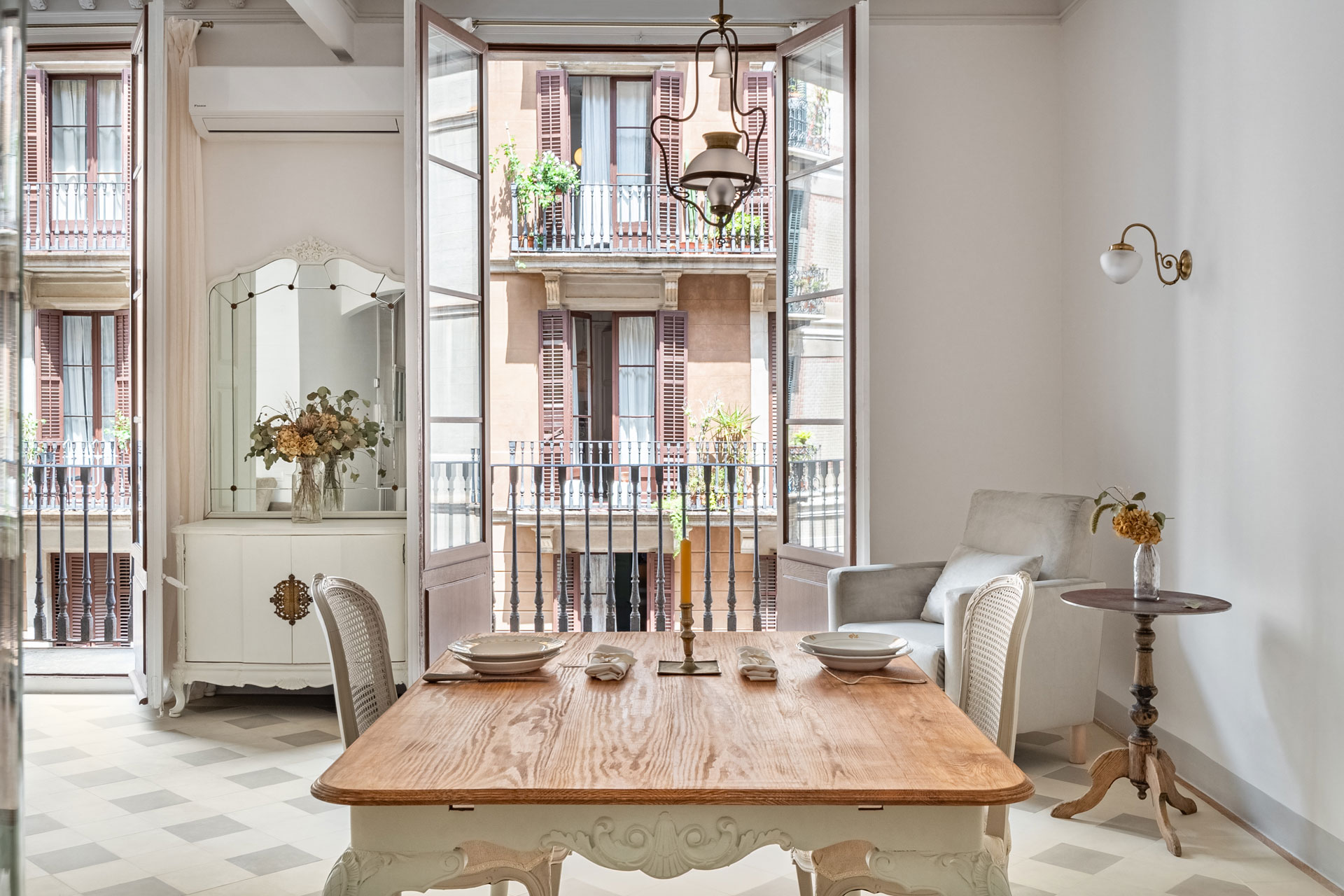When you think about Valencia, you probably imagine sunshine, paella, beaches, and the laid-back Mediterranean lifestyle. All of that is true, but if you’re moving from abroad, your real question is simpler: what does life here really cost, day in and day out?
Cost of living in Valencia is a phrase that gets thrown around too loosely. People tell you “Spain is cheaper” or “you’ll save so much money,” but the reality depends on what you expect, what you’re used to, and how you actually live. Valencia can be wonderfully affordable if you lean into its rhythms – cafés on every corner, fresh produce from markets, metro instead of two cars – but it can also surprise you with expenses you didn’t plan for, from school fees to upfront rental deposits.
Let’s walk through a realistic, everyday picture of what life in Valencia costs, told through the lens of people arriving from North America or the UK.
Housing: what you pay, what you get
Housing is usually the largest line in any expat budget, and in Valencia it’s no exception. If you’re moving from New York, Tokyo, or London, rents here will feel easier, but don’t expect “cheap Europe.” Valencia has matured into a sought-after city, and rents have risen accordingly.
A two-bedroom apartment of about 80 m² in a central neighborhood like Ruzafa, Pla del Remei or El Carmen usually costs between €1,200 and €1,600. Three bedrooms around 100 m² often land closer to €1,500–€1,900. Outside the center, in quieter districts like Patraix or Benicalap, you might find 80 m² for €900–€1,300 if you’re patient. Suburban family houses with gardens and pools in La Cañada, Godella or L’Eliana start around €1,800 and climb to €3,000 or more depending on finish and size.
For Americans used to suburban houses, these numbers sound reasonable until you realize that €1,200 buys you a modern apartment with a balcony, not a detached home. Canadians often find the layouts more compact than expected, while Brits are usually pleasantly surprised to find a spacious flat in a lively district for less than half a London rent.
Buying is also possible, with Valencia city prices averaging just over €3,500 per square meter. In prime areas, especially the Eixample district, renovated apartments can exceed €5,500 per square meter. It’s not bargain-basement Spain anymore, but it’s still a fraction of what you’d pay for similar quality in San Francisco, Sao Polo or central London.
Utilities: the small bills that add up
Electricity in Spain is often higher than newcomers expect. A typical monthly bill for a family apartment ranges from €60 to €100 with normal usage, but in winter, if you heat with electricity, or in summer with heavy air conditioning, €120 or more is realistic. Water averages €30–€50 per month, with a small municipal waste fee added.
On the positive side, internet and mobile are excellent value. High-speed fiber plus a generous mobile plan for two people costs €35–€50 total. Many mobile carriers now offer 50–100 GB packages for under €10 a line, which feels almost like a mistake if you’re coming from the U.S. or Canada.
Getting around: from cars to passes
Valencia is compact, flat and connected. For most city dwellers, a car is unnecessary. A monthly integrated metro and bus pass covering the city costs about €35, and even multi-zone passes to the suburbs rarely exceed €90. Cycling is common, with the city’s public bike program costing just under €30 a year.
Taxis and rideshares are affordable too: €6–€12 for most city rides, €20–€25 from the airport. If you choose suburban life, then yes, you’ll likely want a car. Gasoline averages €1.45–€1.60 per liter, and insurance for a standard family car adds a few hundred euros a year. Parking in central Valencia is limited, so many suburban families keep one car instead of two.
Americans in particular feel this as a cultural shift: no more hour-long commutes and two cars in the driveway. Canadians and Brits usually adapt quickly, since the metro and cycling culture feel familiar.
Groceries and dining out: adapting your basket
Supermarket bills depend on whether you cling to imported brands or embrace Spanish staples. A typical Spanish household spends around €500–€600 a month on groceries. For a couple cooking at home, €350–€500 is realistic; for a family of four, €600–€800 is normal.
Markets like the Mercado Central make it easy to fill bags with fresh fruit, vegetables, fish and meat for much less than you’d pay in Toronto or Boston. Where costs spike is with imports: maple syrup, American cereals, certain sauces or British tea bags. A box of Cheerios might make you gasp.
Dining out remains a joy and a bargain. The famous menu del día — a starter, main, dessert, bread and a drink — averages €15–€22 in most neighborhoods. A coffee at a local bar is €1.50–€2.50, a beer €1.50–€2.50, and a casual dinner without going overboard €25–€35 per person. Compared to U.S. tipping culture or London gastropub prices, this changes how often you say “yes” to eating out.
Healthcare: the biggest sigh of relief
For Americans, healthcare is where the savings are dramatic. Private, visa-compliant health insurance in Spain averages €60–€110 per month for younger adults, €120–€200 for older adults. Plans must include hospital coverage and no copays to qualify for visas, and once you are resident, you can also access Spain’s excellent public system.
Canadians are often surprised by the efficiency of private appointments, which contrast with wait times back home. Brits appreciate having something closer to the NHS but with faster access to specialists. Either way, the weight of unpredictable medical bills disappears — a transformative shift for U.S. families in particular.
Schools and childcare: quality at a price
Education costs depend on your path. Public schools are free, but the heavy use of Valenciano in early years can be challenging. Charter schools (concertados) are semi-private with modest fees and more Spanish/English balance. International schools — American, British, IB — charge €6,000 to €10,000 per child per year, plus extras like enrollment, uniforms and transport.
Nurseries (0–3 years) range from €300 to €700 per month, with government subsidies often reducing the net cost significantly. Compared to U.S. daycare prices or U.K. nursery fees, many families find childcare here far less financially stressful.
Lifestyle costs: small luxuries within reach
Part of Valencia’s appeal is how accessible everyday pleasures become. A gym membership costs €25–€45 a month. A cleaner charges €12–€18 an hour. A haircut is €12–€20 for men, €25–€50 for women outside high-end salons. Cinema tickets are €7. Streaming subscriptions cost the same as in your home country.
When you add sunshine, outdoor terraces, and beaches a metro ride away, these small recurring costs feel almost secondary to the quality of life they unlock.
The hidden extras: relocation and paperwork
One of the most underestimated parts of moving to Valencia as a non-EU citizen is the layer of hidden, unavoidable costs tied to relocation and bureaucracy. These are not optional, and they often arrive all at once during your first months in Spain.
Visa application fees vary depending on the route – Non-Lucrative Visa, Digital Nomad Visa, Golden Visa or Family Reunification – but they all involve official charges, background checks, and in many cases certified translations of documents into Spanish. Each translation can cost between €40 and €90 per page, and families often need multiple sets of birth, marriage and criminal record certificates. Private health insurance is another requirement, and depending on age, expect €60–€200 per adult each month for a policy that meets Spanish visa conditions.
Housing brings another layer. Landlords typically request one or two months of rent as a deposit, plus an agency fee, and sometimes additional months paid upfront if you do not yet have a Spanish income history. It’s not unusual for newcomers to transfer €5,000–€8,000 just to secure their first home before they even set foot in Valencia.
On top of this, there are notary (when buying) fees, NIE/TIE card application fees, municipal registrations, and if you bring a car from abroad, import taxes and registration costs. Altogether, a realistic first-year “paperwork budget” often adds up to €3,000–€6,000 for a single person or couple, and more for families. These are not ongoing monthly costs, but they do make the first year significantly more expensive than most people anticipate.
Taxes are another trap for the unprepared. Spain taxes worldwide income once you become tax resident (usually after 183 days). That means U.S. citizens, Canadians and Brits need to coordinate carefully with tax advisors at home and in Spain to avoid double taxation or unexpected liabilities. The good news is that Spain offers some regimes, such as the Beckham Law for certain professionals, that can reduce your exposure — but only if you plan in advance.
This is exactly where we step in. At Livin’Valencia, we make sure clients don’t walk into these hidden costs blind. Before you commit to a lease, we calculate exactly what the upfront deposit and agency fees will be, and we negotiate wherever possible. We connect you directly with vetted immigration lawyers. We also prepare side-by-side visa budgets that show what each pathway will realistically cost in year one, so you can choose the option that fits both your lifestyle and your wallet.
When it comes to taxes, we partner with independent tax specialists who understand cross-border cases for Americans, Canadians and Brits. That way, you know from the beginning how Spanish residency will affect your global income, and you avoid nasty surprises a year later.
In short, our role is to turn a scattered set of hidden extras into a clear, itemized plan. Instead of being hit by surprise invoices and last-minute deposits, you move forward knowing exactly what to expect — and with expert partners by your side to keep each step smooth and compliant.
Everyday budgets: three real scenarios
To make this concrete, imagine three different households:
- A solo professional renting a one-bedroom flat in the city, without a car, can expect monthly costs of around €1,300–€1,700 depending on lifestyle.
- A couple in a two-bedroom apartment, also car-free, will likely spend €1,900–€2,700 a month including rent, utilities, food, transport and health insurance.
- A family of four in a three-bedroom apartment spends €3,700–€5,000 monthly, with schooling as the decisive factor. Suburban houses with pools, plus a car, push that to €4,000–€5,700 or more.
For Americans, this usually feels like relief compared to major coastal cities where rent and healthcare dominate budgets. For Canadians, grocery savings and private healthcare efficiency are notable. For Brits, schooling and upfront rental costs are the bigger surprises, while daily life feels lighter than London.
Mindset shifts that matter
Life in Valencia isn’t just about lower costs; it’s about shifting spending priorities. You’ll probably spend less on healthcare, transport and dining out, and more on housing deposits, schooling and heating or cooling bills. You’ll adapt to seasonal eating, lighter tipping, and a culture where leisure is affordable and woven into daily life.
This is why it’s hard to compare line by line with your home country. The value lies in the balance: waking up to sunshine, having coffee on a terrace for €2, walking or cycling to work, and accessing healthcare without fear of bills.
Final thoughts and guidance
Everyday life in Valencia is neither bargain-basement nor prohibitively expensive. It is simply different. For most Americans, Canadians and Brits, the overall cost of living is lower, but the distribution of expenses changes. The best way to prepare is to budget realistically, adapt habits, and get expert guidance before you sign contracts.
At Livin’Valencia, we specialize in helping non-EU families, retirees and professionals navigate these realities. We secure housing that works for your visa, connect you with trusted legal and tax partners, and prepare detailed cost scenarios so you know what to expect from day one.
If you’re considering the move, reach out to us and book a free consultation. We’ve made the leap ourselves and helped hundreds of expats do the same. Valencia offers everyday joy at a price that makes sense, once you know where the surprises hide.




